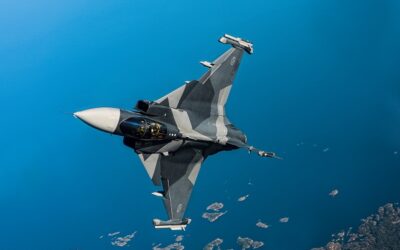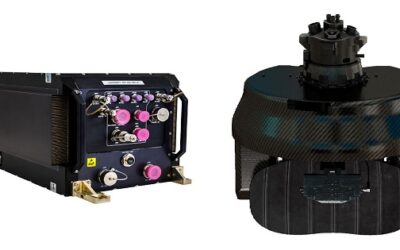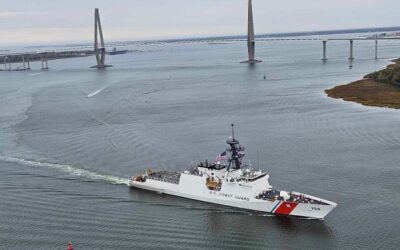Standards Should Add Value, Not Cost
Reliability is boring, but failures of crucial components at the worst times and in the worst places can result in the unwanted excitement of mission failure – and fatalities – in military and space applications. Therefore, the dull, painstaking work of creating and updating specs and standards that all stakeholders can support and apply to a myriad of electronic components is essential, if the tedium of reliability is to nurture the excitement of successful missions and ever-greater capabilities.
Opening the 24th Annual Components for Military & Space Electronics (CMSE) Virtual Conference, organised by T.J. Green Associates, Lawrence Harzstark took remote attendees through a brief history of military specifications and standards and outlined current developments. Underlining the need for rigorous requirements, he pointed to the harsh, unforgiving environments of launch and orbit to which spacecraft, for example, are subjected on missions that can last from a few months to a couple of decades or more. Combined with the unavoidably large numbers of parts, materials and processes (PMP) that go into complex systems, the result is multiple opportunities for failure.
Specifications, standards and requirements have struggled to keep up with microelectronics technology since the invention of the transistor in 1947 and the integrated circuit (IC) in 1959, he pointed out. Standards initially took the form of rigid requirements, which did improve reliability by, for example, reducing component ‘infant mortality,’ but held the performance benefits available from cutting-edge technologies out of reach, Harzstark explained. The desire to exploit very tempting COTS technologies was an important spur to a shift away from rigid, prescriptive requirements. From the mid-1990s, the focus has been on ‘performance specifications’ for various types of component and the applicable verification requirements, an approach that allows for different verification testing methods and is intended to foster ingenuity and growth in the supplier base.
Key tenets include traceability from component to full-up system level, methods of inserting new technology without creating problems. Work underway today includes investigation of the use of plastic COTS devices in high-reliability space applications, and avoiding pitfalls such as the effects of out-gassing on optics, for example. General goals include improving understanding of the physics of failure, and establishing tolerances in testing that are appropriate to each application. Crucially, standards developers want to avoid any new stipulations that add cost but not value.
Peter Donaldson reporting from CMSE for MON

























